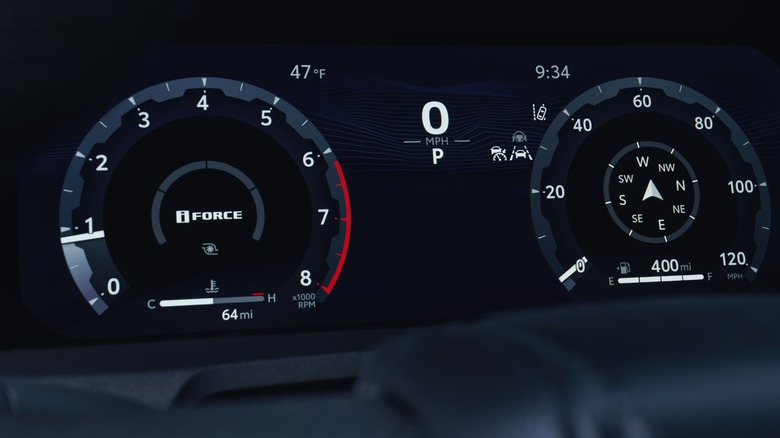Does The Hybrid Toyota 4Runner Have A Better MPG Than Non-Hybrid Models? The Answer Might Surprise You
Toyota tossed a curveball with the 2025 4Runner. When a company like Toyota gives one of its flagships its first design overhaul in over a decade, people tend to pay attention. With this model, it gave us not just a new generation, but the first to offer a hybrid powertrain. The greener variant of the 2025 Toyota 4Runner is branded i‑Force Max. It's a hybrid that pairs a turbocharged engine with an electric motor. On paper, hybrids usually sip gas, but in the midsize SUV world, things seldom stay in the lane you expect.
With the hybrid option, Toyota eliminated the third row and reconfigured the cargo space to fit the battery. But is this accommodation as worthwhile as advertised? Does the hybrid actually sip fuel while the gas model gulps? Or is the eco‑advantage just greenwashed marketing? All these are questions we'll answer by digging into EPA figures, owner logs, and expert feedback. With that in mind, prepare to be surprised as we find out whether the Hybrid Toyota 4Runner has a better mpg than non-hybrid models.
Who sips and who guzzles?
The key question is which 4Runner truly sips and which guzzles? Toyota's EPA ratings draw a clear line. It says that the hybrid model has 23 mpg combined, with 23 mpg in the city and 24 mpg on the highway. The gas model, on the other hand, has 21 mpg combined with 20 mpg in the city and 24 mpg on the highway. But it seems that real‑world data tells a different story.
Fuelly records show the Toyota 4Runner Hybrid averages just 19.4 mpg combined over 29,350 miles across 12 vehicles. Several individual logs come in even lower, with one reporting just a 16.1 mpg average. Meanwhile, gas 4Runner owners clock an average of 20.4 mpg over 16,000 miles.
Knowing which model is right for you might come down to engineering. The hybrid offers more low‑end torque at about 465 lb‑ft compared to gas versions. This was surprisingly noticeable on our first drive of the 2025 Toyota 4Runner. This torque is a result of its turbocharged 2.4-liter four-cylinder engine and an electric motor. They produce 278 horsepower and 48 horsepower, respectively, for a total output of 326 horsepower.
How trims and drivetrain fuel the debate
The standard gas-powered 2025 4Runner delivers varying fuel economy depending on the trim. You get 22 mpg combined on the 2WD SR5, Sport, and Sport Premium models. This means you're looking at 20 mpg in the city and 26 mpg on the highway. But if you opt for the 2WD Limited, you'll get 20 mpg in the city and 22 mpg combined. The highway rating, however, records a slight dip to 24 mpg.
When you then switch to 4WD, the numbers shift. All but one trim drops to 19 mpg city, 25 mpg highway, and 21 mpg combined. Interestingly, it's the 4WD Limited that edges up slightly in city driving to 20 mpg. The highway rating just about matches up at 24 mpg, with the 21 mpg combined staying the same.
On the hybrid side, all i‑Force Max models come standard with 4WD and share the same EPA ratings across the board. You're getting 23 mpg in the city, 24 mpg on the highway, and 23 mpg combined. This is so regardless of whether you pick the Off-Road, Off-Road Premium, Limited, Trailhunter, Platinum, or TRD Pro.


